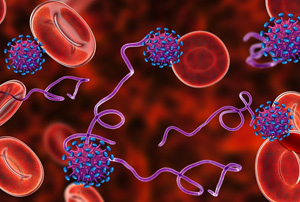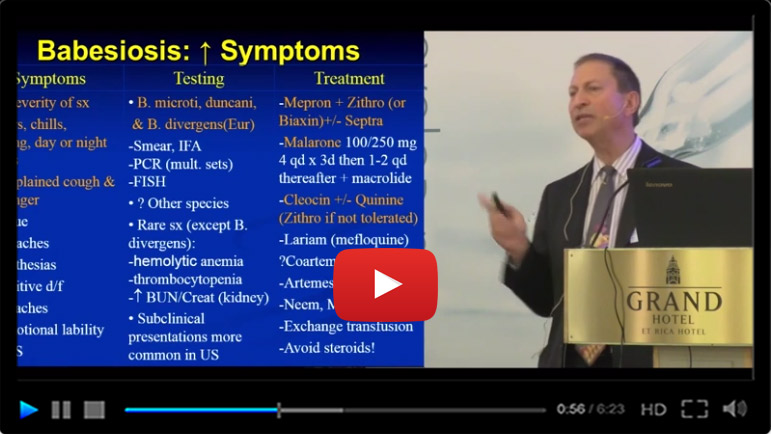Babesia in the U.S. Blood Supply The CDC has known for years that relatively healthy individuals infected with Babesia can unknowingly donate contaminated blood.
What Happens If You Are Given Contaminated Blood?
The researchers were able to confirm in the laboratory that Babesia-contaminated blood resulted in positive transmission 50% of the time in healthy animals. Unfortunately, most people who need blood transfusions have severe injury, infection, organ failure, cancer, or are immunocompromised.
Where Do We Go from Here?
We know that the most frequent tick-borne pathogens in the United States, B. burgdorferi (Lyme disease), B. microti (babesiosis), and A. phagocytophilum (the causative agent of human granulocytic anaplasmosis), are all transmitted by Ixodes ticks. Thus, anywhere you have Ixodes ticks in the world you will also have a risk of tick-borne diseases.
With Lyme disease being reported in nearly half of all U.S. counties and with Babesia following a similar pattern, the best thing for patients would be a universal blood screening for all tick-borne diseases. Because a universal test has not been developed, a reasonable starting point would be to begin nationwide year-round antibody screening for Babesia, as recommended by the FDA in 2015.
At this point, the best we may get is a compromise of screening blood donations from the five states where the incidence of babesiosis is highest—Connecticut, Massachusetts, New Jersey, New York, and Rhode Island. The FDA estimates this will reduce the risk of transfusion-transmitted Babesia microti in the blood supply by 95%. However, this will do nothing to mitigate the risk of contracting other species of Babesia.
Recently, the Rhode Island Chapter of the American Red Cross began screening blood donations for Babesia for the state of Massachusetts as a pilot program. They will be sharing data with the FDA as they move toward a larger program. It’s a start.
For more information on how to diagnose and treat babesiosis watch
Dr. Richard Horowitz on babesiosis-–NorVect 2014.
LymeSci is written by Lonnie Marcum, a licensed physical therapist and mother of a daughter with Lyme. Follow her on Twitter: @LonnieRhea. Email her at: lmarcum@lymedisease.org.
Editor’s note: Any medical information included is based on a personal experience. For questions or concerns regarding health, please consult a doctor or medical professional.References:
- Screening for Babesia microti in the U.S. Blood Supply
- Babeosis and the U.S. Blood Supply
- Transfusion-Associated Babesiosis in the United States: A Description of Cases
- Fatalities Reported to FDA Following Blood Collection and Transfusion: Annual Summary for Fiscal Year 2012
- Geographic Distribution and Expansion of Human Lyme Disease, United States
- Geographic Expansion of Lyme Disease in Michigan, 2000–2014
- Centers for Disease Control and Prevention: Babesiosis CSTE Position Statement
- American Red Cross Participating in an Investigational Study to Test the Blood Supply for a Tick-Borne Parasite in Donated Blood
- A Case of Babesiosis in Man in the United States
- Coinfection by Ixodes Tick-Borne Pathogens: Ecological, Epidemiological, and Clinical Consequences
- Survey of Ixodes Pacificus Ticks in California Reveals a Diversity of Microorganisms and a Novel and Widespread Anaplasmataceae Species
- Natural History of Zoonotic Babesia: Role of Wildlife Reservoirs
- Ixodes Ricinus and Its Transmitted Pathogens in Urban and Peri-urban Areas in Europe: New Hazards and Relevance for Public Health
- Cost-Effectiveness of Blood Donor Screening for Babesia Microti in Endemic Regions of the United States
- Cost, Consequence and Cost-Effectivness of Strategies for Donor Screening of the U.S. Blood Supply
- Clinical Presentation and Treatment of Transfusion-Associated Babesiosis in Premature Infants
- Screening Begins for Babesiosis in Donated Blood





























